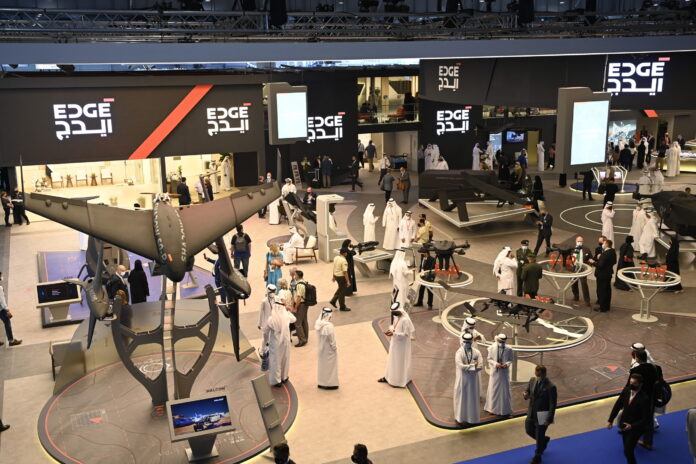Loitering munitions, also known as unmanned aerial vehicles (UAV or drones), are an important and growing asset in the arsenal of modern armed forces, offering a range of intelligence, surveillance and reconnaissance (ISR) options as well as aerial attack capabilities that were previously inconceivable.
Loitering munitions were originally developed for the suppression of enemy air defences (SEAD), though their functionality has since been expanding widely as technological developments have allowed the drones to evolve into highly effective aerial delivery mechanisms for a range of payloads.
Smart drones are capable of remotely searching out and identifying targets, and loitering around a designated area for a period of time before being directed to launch an attack and deliver their payload. Rather than the drone being destroyed after engaging with the target, some loitering munitions are reusable, reducing the cost of each attack drastically, and making UAVs more practical for use across a wider range of threats.
The range, speed, altitude at which loitering munitions operate, together with their flight endurance and payload, are all factors that render them increasingly effective in modern combat operations, reducing the requirement to place personnel or expensive military platforms on the battlefront. Latest generation loitering munitions also come with the feature to allow their mission to be aborted following ISR, eliminating the risk of collateral damage and erroneous strikes.
EDGE Group, one of the top 25 military contractors in the world, currently has two entities that provide a wide range of UAVs suited to attack and ISR missions. EDGE Group entity ADASI is a leader in the development of highly agile and capable UAVs with products such as the QX family of loitering munitions. The QX-1, QX-2 and QX-3 are vertical take-off and landing (VTOL) loitering munitions with precision-guided systems that utilise sophisticated artificial intelligence (AI) algorithms to target and strike. They boast an accuracy of 1m CEP (circular error probable) – with an aim similar to laser guided munitions. The QX-4 is a fixed-wing VTOL drone with capacity for two precision-guided munitions. Built to launch in any environment or terrain, the QX family provides powerful air-strike capabilities to armies and special forces.
Another ADASI product, the Rash 2 is a fixed-wing guidance kit for mortars and other in-house designed payloads, capable of gliding and directing munitions to ground targets. It is available in different sizes to accommodate varying payload capacity, range, and endurance.
HALCON’s Shadow 50 UAV is a fixed wing drone that can carry a payload of up to 50kg – exactly double its counterpart Shadow 25, which is a high-speed system equipped with a turbojet engine and boasts a short reaction time, delivering high precision strike against fixed targets and advanced guidance capabilities. The Shadow family feature global navigation satellite systems (GNSS) and can fly using video navigation systems in GPS-denied environments.
HALCON’s RW-24 UAV is equipped with a thermal automatic seeker that enables greater accuracy of engagement of moving targets and increased functionality within GPS-denied environments.
Loitering munitions on the battlefield have evolved beyond the SEAD role. Since the 2000s, these drones have been developed for long-range strikes and air support to very short-range battlefield munitions, such as the HALCON’s Hunter hand-launched drone, weighing 2kg with a 400g payload.
Next generation loitering munitions are focused on advanced AI and swarming capabilities. HALCON has already launched the Hunter 2-S, an electric drone that is tube-launched from a vehicle-mounted system, packing a 2kg payload.
The UAE-based company, EDGE Group, is positioning its entities to develop and manufacture not only quality loitering munitions for the defence force of today but for the defence force of tomorrow as well.













